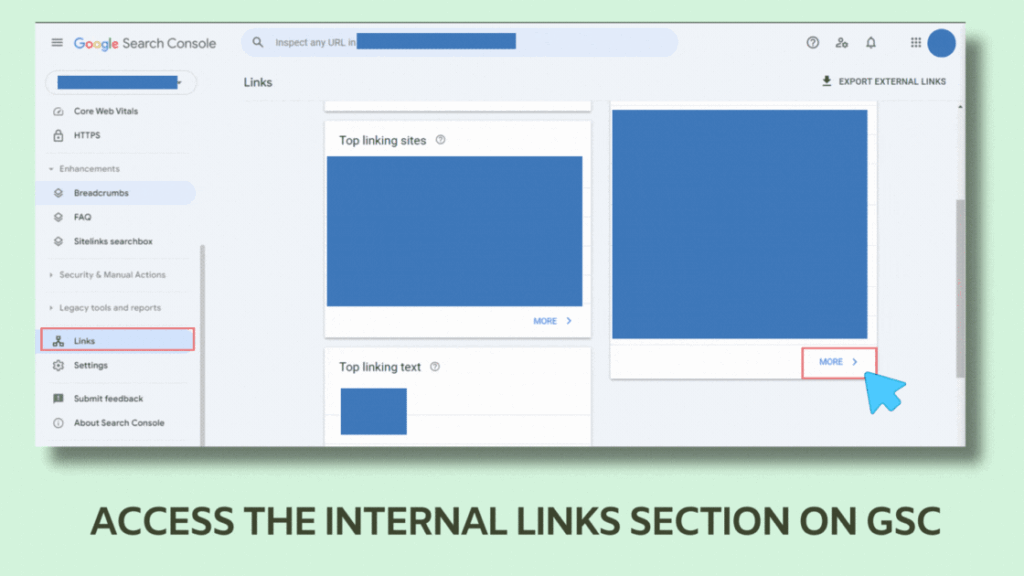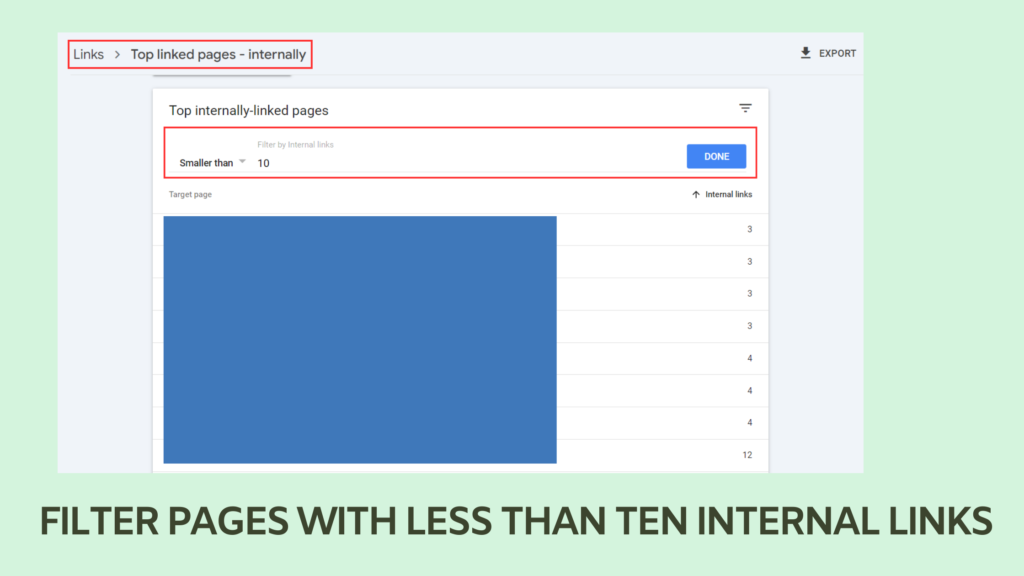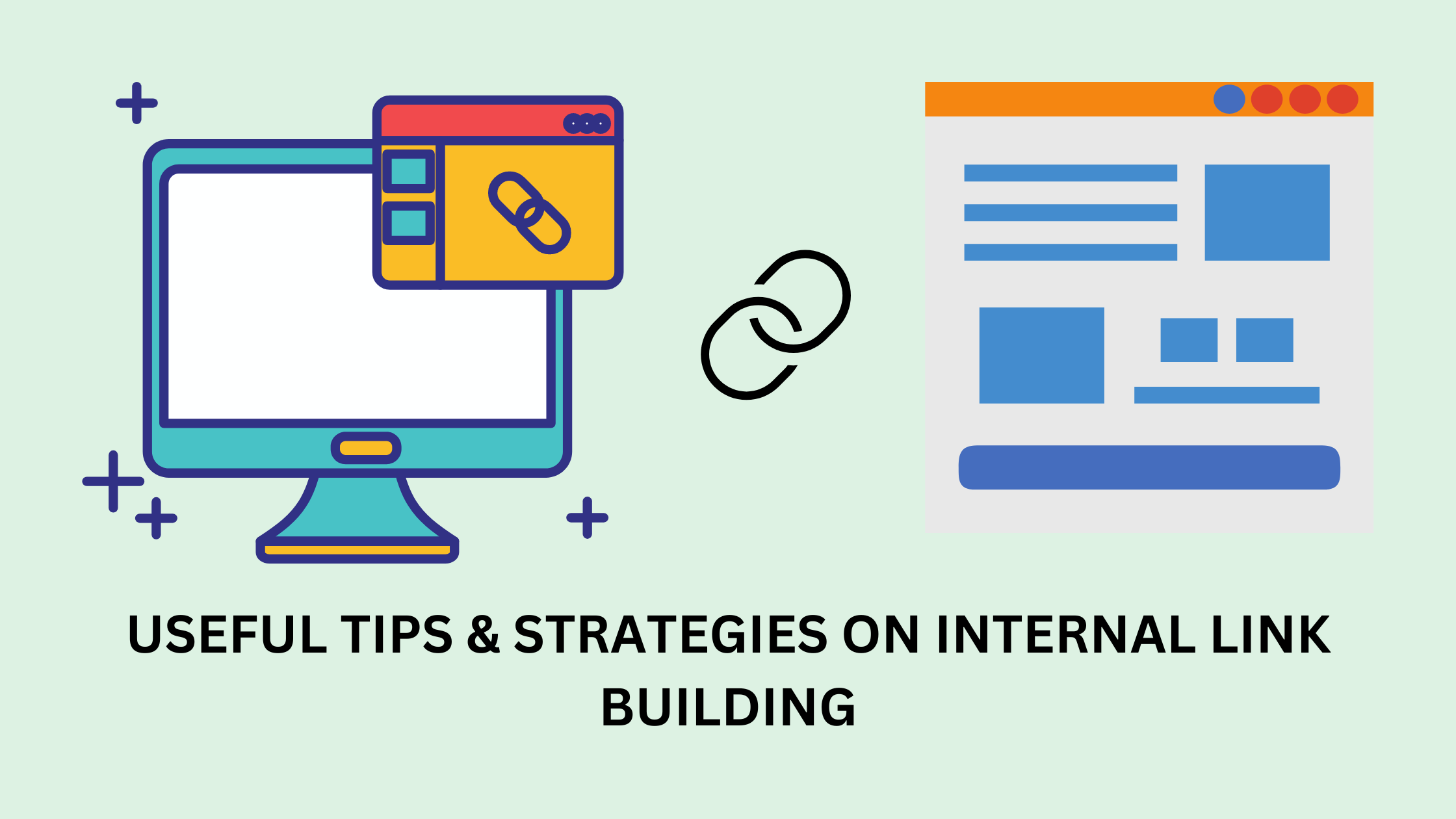Before your content can rank on Google and other search engines, you need to build some valuable internal links around your content. This means, you need to link out to your content from other important pages of your website to boost your content pagerank and hence better ranking on Google and other search engine result pages. In this blog-post, you will discover the basics about internal link building, its importance in SEO and some vital internal linking strategies.
Table of Contents
What are internal links in SEO
Internal links are hyperlinks that link out to other pages on the same domain. Their main objective is to help website visitors to navigate smoothly from one page to another inside the website, which results in improving SEO and you will know why in the next section.
Types of Internal Links
Internal links can be divided into 3 parts, these are:
1. Navigational Links: Some of the most useful links on your website exist as navigational links. Users to your website find their way to your most important pages through navigational links which exist as Header and Footer Links
2. Contextual Links: These are the links that exist in the website main content and are generally used to expand on useful content, provide additional resources, explain terms and directs readers to other useful content.

3. Breadcrumbs Links: These are the internal links that allow users to trace their journey back to the homepage and are found at the top in the blog pages or product pages.
Importance of Internal Links for SEO
Internal links help Google and other search engines to find and understand all of the pages on your website. Additionally, it also helps your website visitors to easily navigate through the website and find pages useful to them.
If used strategically, internal linking boosts page rank for important web pages on your website by adding relevant backlinks to new pages from important web pages which have high page rank and receives organic traffic.
How to find Internal linking Opportunities for free
Go to Google Search Console and hover over to the Links Tab in the left menu. Now hover over the Internal links section on the right and select more as shown in the below image. Now filter the data by the number of links and select less than 10 to see all the pages which have less than 10 webpages on the website linking to them.


How to create Internal links
Now that we have these target pages to create internal links, go to the performance reports tab in Google Search Console and manually find the top ranking keywords these target pages rank for or have the potential to rank for. Now find all the pages on your website which contain these keywords as texts in their content except the target page by using google search operator like site:shahbazalam.co.uk/ “internal linking”, which will return all the pages on the website containing the word internal linking. Sort these top organic pages by the order of organic traffic and start building contextual links from these top organic pages to the target pages with the keywords as anchor text.
Note: Just keep in mind to use different types of keywords as anchor text as this will help google to get more idea about the kind of topics covered in the target page and what the target page is all about rather than only using one keyword as anchor text. Also make sure the anchor text fits naturally in the content and has contextual relevance. Don’t try to stuff anchor text in between the content that doesn’t make sense, which is only done to manipulate search engines for better rankings. Please see Google guidelines about anchor text placement for further guidance. Additionally, make sure not to overlink from these top organic pages to the target pages. Too many internal links can dilute their value and overwhelm readers. You should aim for a balance that improves navigation and SEO without cluttering the web page.
Best Practice for Internal Linking SEO
Use <a> (Anchor Elements) for creating Internal links: Always try to use <a> Anchor elements for creating Internal links. The Browser displays the URL when you hover over the anchor text. Additionally, the anchor text gives different context to search engine crawlers about the URL. This would help crawlers and search engines to understand your webpages and rank them properly for suitable keywords on SERP’s.
Try to avoid using <button> element for directing users from one webpage to another. <button> elements are primarily used for interactive actions such as form submissions or Javascript actions, but it is not designed to behave like a link on its own. Moreover, using Javascript inside <button> element require crawler to render HTML Pages before it can index the webpage and add the newly discovered URL inside the <button> element to the crawl queue.
Additional Tips
Internal Links Audits: Conduct regular audits of your internal linking structure to find more opportunities for optimisation. As your site grows and changes, new opportunities for internal linking will arise. My suggestion would be to do the Internal linking audit every 6 months.
Use SEO Tools for Productivity: While Google Search console is a great tools for finding Internal linking opportunities manually, consider using some other free and paid SEO Tools like Semrush site audit tool, Ahref Internal link opportunity and Screaming Frog SEO Spider for automated analysis and better efficiency saving your time.

